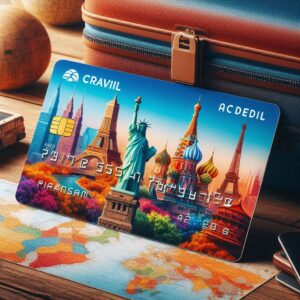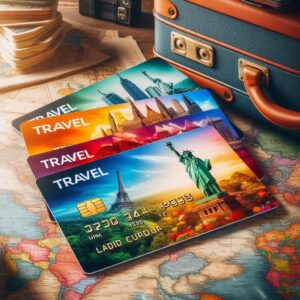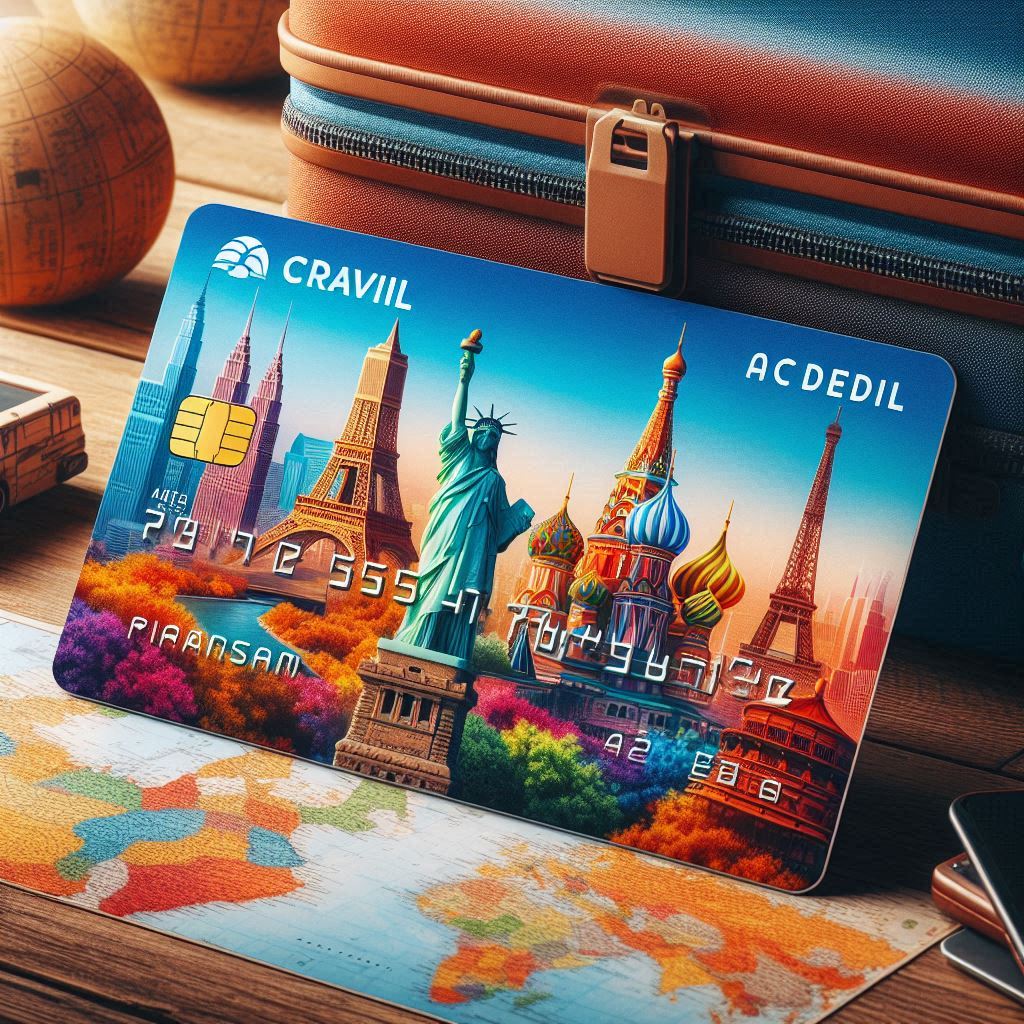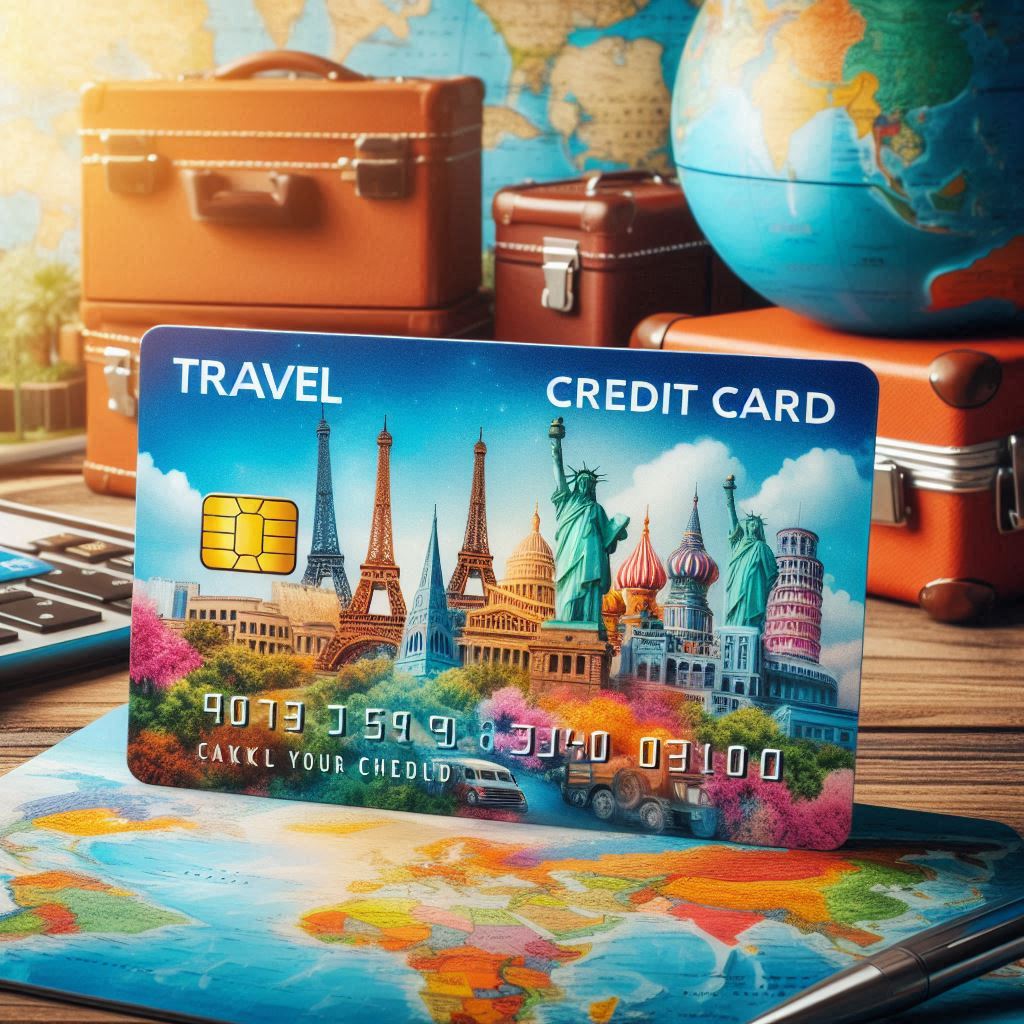INTRODUCTION TO US VISAS
Navigating the world of US visas can be challenging, particularly if you’re considering a trip or relocation to the United States. The US offers a variety of visa categories, each designed for different purposes such as tourism, business, education, employment, and family reunification. Determining the right visa type for your needs is the first crucial step in the application process. Understanding the specifics of each visa category can help ensure a smoother application experience and a higher chance of approval.

It’s important to familiarize yourself with the requirements and restrictions associated with each visa type. For instance, tourist and visitor visas, like the B-1 and B-2, cater to short-term visits for business, leisure, or medical reasons. Meanwhile, student visas such as the F-1 and M-1 are tailored for those aiming to study in the US. If employment is your goal, work visas including the H-1B and L-1 are essential to explore.
Additionally, family-based visas enable individuals to join their US-based relatives, and immigrant visas offer paths to permanent residency. There are also specialized visas for investors, religious workers, and cultural exchange participants.
By identifying the appropriate visa category and understanding its specific requirements, you can streamline your application process and improve your chances of a successful outcome.
TOURIST AND VISITOR VISAS
For those planning a trip to the United States for leisure, business, or medical purposes, tourist and visitor visas are essential. The B-1 and B-2 visas are the primary types in this category. A B-1 visa is typically for business travelers attending meetings, conferences, or negotiations. On the other hand, the B-2 visa covers tourists, individuals visiting friends or family, and those seeking medical treatment.
Tourist visas are necessary for citizens of countries that do not participate in the Visa Waiver Program. If you are from a Visa Waiver Program country, you may be able to visit the US for up to 90 days without a visa, but it is crucial to check the latest guidelines and ensure you comply with all entry requirements.
Applying for a B-1 or B-2 visa involves several steps. First, you’ll need to complete the DS-160 online application form and pay the application fee. After that, you must schedule an interview at the nearest US embassy or consulate. During the interview, be prepared to provide documents such as your passport, travel itinerary, proof of financial means, and evidence of ties to your home country to demonstrate your intent to return after your visit.
Understanding the specific requirements and purpose of each visa type can help streamline your application process. For example, providing a detailed itinerary and clear explanations of the purpose of your visit can strengthen your case. Whether you’re traveling for business meetings, a vacation, or medical treatment, knowing the details of the B-1 and B-2 visas can help ensure a successful application.
STUDENT VISAS
For those aiming to study in the United States, the F-1 and M-1 visas are the primary categories to consider. The F-1 visa is suited for individuals enrolling in academic programs or English language courses, while the M-1 visa is intended for vocational or non-academic programs.
To begin the application process, you must first secure acceptance from a US educational institution that is approved by the Student and Exchange Visitor Program (SEVP). Once accepted, the school will provide you with a Form I-20, which is essential for your visa application.
Financial stability is a critical requirement for obtaining a student visa. You’ll need to show proof of funds sufficient to cover tuition, living expenses, and other costs associated with studying in the United States. This can include bank statements, scholarships, or affidavits of support from sponsors.
In addition to financial proof, you must demonstrate proficiency in English, which often requires taking standardized tests like TOEFL or IELTS. Some programs may also have their own language proficiency requirements.
The next step involves completing the DS-160 form and paying the SEVIS fee, after which you can schedule an interview at the nearest US embassy or consulate. During the interview, be prepared to discuss your academic plans, reasons for choosing the specific program and institution, and how you intend to use your education upon returning to your home country.
Understanding and fulfilling these requirements will help ensure a smooth application process. By thoroughly preparing and presenting all necessary documentation, you increase your chances of securing a student visa and embarking on your educational journey in the United States.
WORK VISAS
The H-1B visa is among the most coveted for those seeking employment in the United States, allowing companies to hire foreign workers in specialized fields such as IT, engineering, and healthcare. To qualify, you typically need at least a bachelor’s degree or equivalent in the specialty occupation. Your prospective employer must also demonstrate that they are paying the prevailing wage for the position to avoid undercutting the US labor market.

Another prominent option is the L-1 visa, which facilitates the transfer of employees from a company’s foreign offices to their US branches. This visa is divided into two categories: L-1A for managers and executives and L-1B for employees with specialized knowledge. The L-1 visa is particularly advantageous for multinational companies looking to move key personnel without going through the labor certification process required for some other visa types.
The application process for work visas generally begins with your employer submitting a petition to the US Citizenship and Immigration Services (USCIS) on your behalf. This petition includes various documents, such as proof of your qualifications and the details of your job offer. Once the petition is approved, you can apply for a visa at a US embassy or consulate in your home country.
In addition to the H-1B and L-1 visas, there are other work visa categories to explore. The O-1 visa is for individuals with extraordinary abilities in fields such as arts, sciences, education, business, or athletics. The TN visa, part of the US-Mexico-Canada Agreement (USMCA), allows qualified Canadian and Mexican professionals to work in the United States in specific occupations.
Navigating the work visa landscape requires careful consideration of your qualifications and career goals. Each visa type has unique requirements and benefits, so understanding these distinctions is essential for a successful application.
FAMILY-BASED VISAS

Family-based visas are designed to help individuals join their family members who are US citizens or permanent residents. The K-1 visa, for instance, allows fiancés of US citizens to enter the country and marry within 90 days. Meanwhile, the K-3 visa permits spouses of US citizens to stay in the US while waiting for their immigration petitions to be processed.
To apply for these visas, you must demonstrate a genuine relationship with your US-based family member. This typically involves providing proof such as photographs, correspondence, and joint financial documents. Additionally, the US citizen or permanent resident sponsoring the visa must show they can financially support their family member, often by meeting a minimum income threshold.
The application process for family-based visas usually starts with the US-based family member filing a petition with the US Citizenship and Immigration Services (USCIS). Once the petition is approved, the applicant can proceed with the visa application at a US embassy or consulate. This involves submitting various documents, attending a medical examination, and undergoing an interview.
Besides the K-1 and K-3 visas, other family-based visas include the IR (Immediate Relative) and F (Family Preference) categories. Immediate Relative visas are available for spouses, unmarried children under 21, and parents of US citizens. Family Preference visas cover other relatives, such as adult children and siblings of US citizens, as well as certain relatives of permanent residents. Each category has its own set of requirements and quotas, which can affect processing times.
Understanding these various visa options and their specific criteria is essential for successfully navigating the family-based immigration process. By carefully preparing your application and meeting all requirements, you can join your loved ones in the United States.
IMMIGRANT VISAS
Immigrant visas offer a variety of routes for individuals seeking to become permanent residents of the United States. One notable option is the Diversity Visa Program, also known as the Green Card Lottery, which is designed to increase diversity in the US by granting visas to people from countries with historically low immigration rates.
Employment-based immigrant visas are another path to permanent residency. These visas are typically categorized into several preference levels based on the applicant’s skills, education, and job offers. Categories include EB-1 for individuals with extraordinary abilities, EB-2 for professionals holding advanced degrees, and EB-3 for skilled workers and professionals.
Family-sponsored immigrant visas are also a common route, enabling US citizens and permanent residents to sponsor their relatives. The Immediate Relative category includes spouses, unmarried children under 21, and parents of US citizens. The Family Preference category encompasses adult children and siblings of US citizens, as well as certain relatives of permanent residents.
In addition to these, there are specialized immigrant visas for investors, such as the EB-5 visa, which requires a substantial investment in a US business and the creation of jobs. Religious workers and individuals involved in certain cultural exchange programs may also find pathways to permanent residency through specific visa categories tailored to their unique circumstances.
Navigating the immigrant visa process can be complex, involving multiple steps including filing petitions, providing documentation, and attending interviews. It is crucial to thoroughly research the specific requirements and qualifications for each visa category to determine the best path for your situation. Consulting with immigration professionals can offer valuable guidance and help ensure a smoother application process.
OTHER SPECIALIZED VISAS
Certain visas cater to unique circumstances and professions. For example, the O-1 visa is available for individuals with extraordinary abilities in arts, sciences, education, business, or athletics. Applicants must provide evidence of their exceptional achievements, such as awards, publications, or memberships in prestigious organizations.

The EB-5 investor visa allows individuals who make a substantial financial investment in a US business to apply for permanent residency. To qualify, the investment must create or preserve at least ten full-time jobs for US workers. This visa is particularly attractive to foreign investors looking to contribute to the US economy while securing their immigration status.
For religious workers, the R-1 visa provides an opportunity to work in the United States temporarily. This visa is available to ministers and other religious workers who are members of a religious denomination with a nonprofit organization in the US. Applicants must demonstrate their commitment to the religious organization and their specific role within it.
Cultural exchange programs offer another specialized visa category. The J-1 visa is designed for participants in approved exchange programs, including students, interns, teachers, and researchers. This visa promotes cultural exchange and mutual understanding between the United States and other countries. Participants often gain valuable professional and educational experiences while sharing their own culture with Americans.
Each specialized visa category has its own set of criteria and application processes, making it essential for applicants to thoroughly research the specific requirements. Consulting with immigration professionals or program sponsors can provide additional guidance and support, ensuring a smoother application experience.
CONCLUSION AND TIPS
Navigating the US visa process can be complex, but thorough preparation can significantly enhance your chances of success. Start by carefully reading the guidelines provided by the US embassy or consulate and ensuring you meet all eligibility requirements. Preparing all necessary documentation in advance, such as financial proof, employment letters, and educational transcripts, is essential.
Schedule your visa interview early and practice clear, concise responses to likely questions about your intentions and plans in the United States. If your situation is particularly complex or if you’re unsure about any part of the process, consulting with immigration professionals can provide valuable assistance and clarify any uncertainties.
Pay attention to deadlines, keep copies of all submitted documents, and track the progress of your application. Being organized and informed will not only streamline your application process but also alleviate stress, allowing you to focus on your upcoming journey to the United States.



